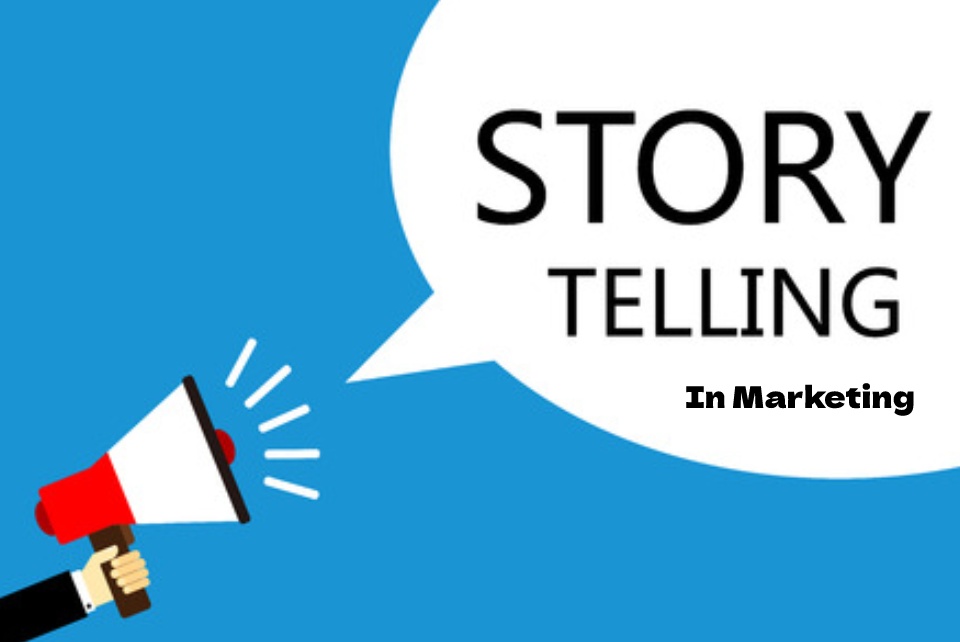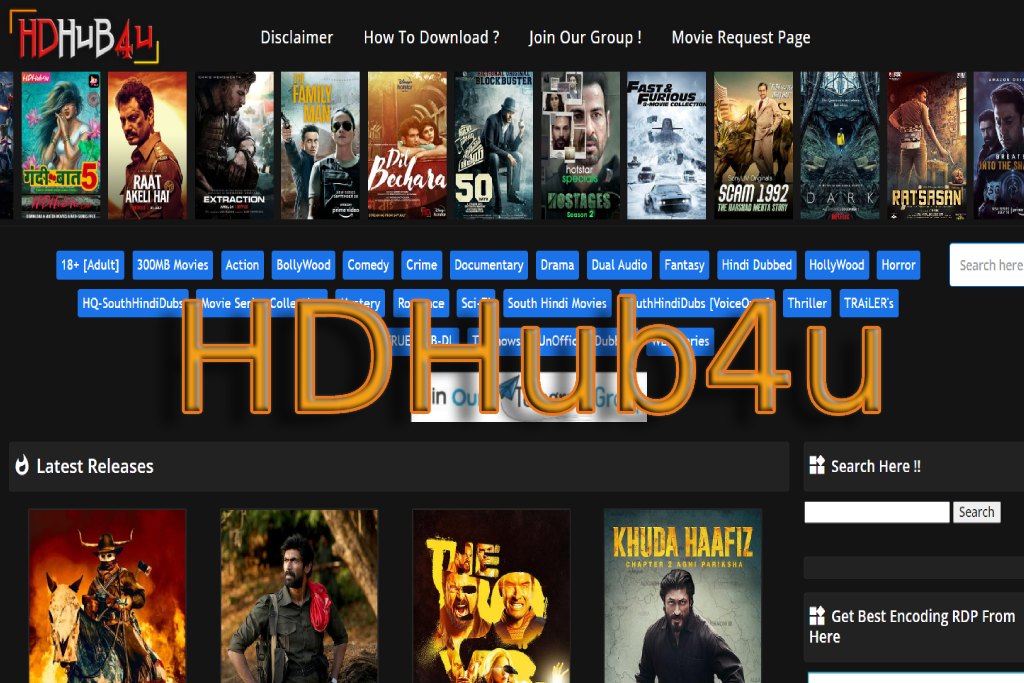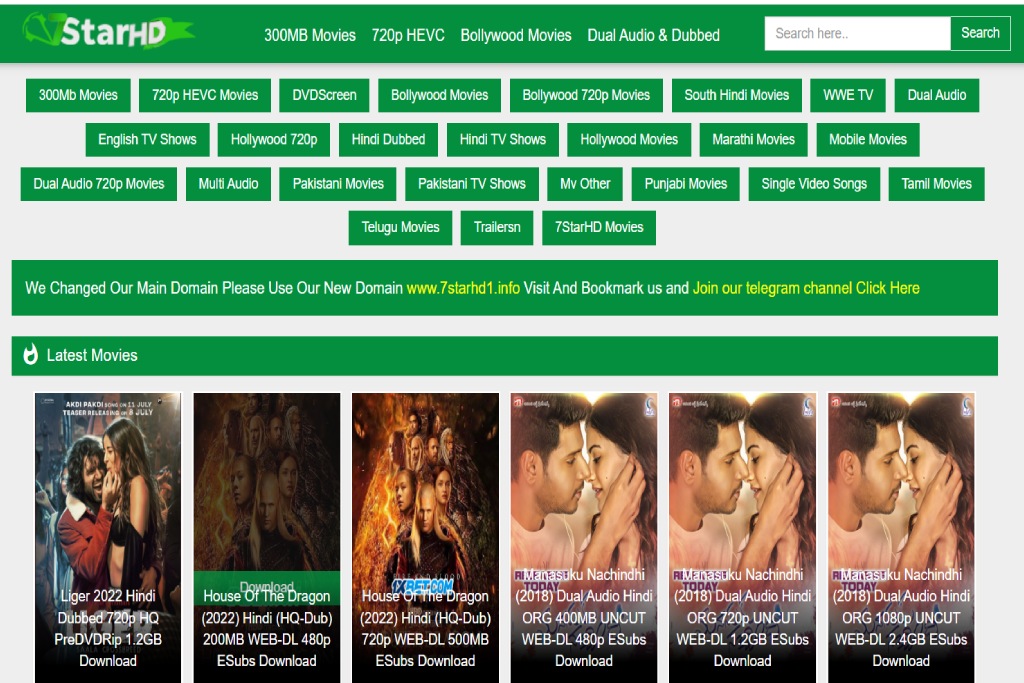Storytelling In Marketing: What You Should And Should Not Do

Storytelling in marketing, also known as storytelling, should be a priority for companies of all sizes, especially in 2022.
The digital sphere is packed with information and content, and a good story is the only thing that distinguishes companies from one another. It is a differential factor because someone else can’t have the same story as you.
Whether you choose to tell your story through a well-designed infographic, blog post, or live-streamed videos, storytelling should be part of your marketing strategy.
So, let’s talk about incorporating storytelling into your marketing campaigns.
Table of Contents
Why Use Storytelling In Marketing?
The digital world has made it impossible for people to focus on content for extended periods; there are so many things available along with a constant stream of updates that we have only seconds to grab people’s attention.
How does a person choose what they want to read or see to the end? Marketers should give them some incentive by creating compelling stories. And this is the basis of storytelling.
In the content glut that users now face, to elevate your social media or blog posts above others, you need to share a story rather than encourage them to buy products.
Stories are memorable, which is why literature and film continue to be an integral part of the human experience. People love to absorb new levels.
And they also like to share those stories with others; This type of word-of-mouth marketing is excellent for driving brand awareness and conversions.
Marketing is a complex space to generate impact; So using storytelling to stand out from the crowd is an excellent idea.
If you wonder how to tell stories in marketing, then we will explain what you should and should not do in this marketing tactic.
Dos And Don’ts For Storytelling In Marketing
The narrative has some central elements that make it effective. Once you have them defined, there are some more things you should and should not follow to guarantee a smooth and productive marketing campaign.
You can help yourself with a mind map to organize your central and secondary ideas in your story so that nothing important is overlooked.
Make The Customer The Protagonist
Storytelling in marketing isn’t about selling. And it’s about convincing the audience to engage with your brand.
In essence, while your goal with every marketing campaign is to improve their presence and revenue, the brand is not the story’s hero, and the customer is.
How is this narrative executed in the form of marketing? Show the client what their world is like now and how it would improve with incorporating your products or services.
The story is about your client’s journey, from conflict to resolution. Your brand is the tool they can use to achieve victory; This is how you can improve the views of your social media posts.
Don’t Save The Best Parts For Last
Stories should have a beginning, middle, and end, but that doesn’t mean you start with a slow introduction.
Internet users barely watch the first five seconds of a video and rarely read beyond the title of a post.
To get their attention, put your most crucial message front and center, especially in visual storytelling, before people can scroll or click to exit.
Please don’t waste time before the story starts with a call to action and in the middle of an event. This will help capture and hold people’s attention.
Highlights The Addition Of Value
Unless your company has created such a unique product with no competitors, you will always have competition.
How can you make your story stand out from the crowd? The way to attract customers is by offering them added value.
Ask yourself: how does my product or service help my customers? How does my company help society in general? Those answers should be at the center of your marketing narrative.
But then go a step further: what exclusive offers can you offer customers? What are you doing that your competitors are not doing?
Those are the elements that your marketing narrative should highlight; You can use a SWOT analysis template to examine everything your company or product has that you can take advantage of.
Don’t Hold Back Too Much
A great way to make your stories more compelling is to make them sparse – people always want what they can’t have.
Creating members-only content or setting up range behind a paywall is an excellent way to make your content feel unique and therefore more worthy of attention.
That said, withholding content and access can seem elitist and alien. Pair it with product reviews, discount codes, or giveaways.
Share User Stories
We have mentioned the importance of making the client the protagonist. And one of the best ways to do that is to make it the face of your marketing stories.
User-generated content obtained through a Facebook contest, for example, is excellent for creating a dynamic and diverse range for your platforms while allowing your followers to shine.
Before and after photos and videos, or testimonials, make excellent marketing material that allows customers to share their brand experiences, making your product more attractive to new users.
Behind-the-scenes investigations into making a product or running a business can also tell users a lot about your company’s ethics.
Don’t Skimp On In-App Purchases
Most companies create mobile apps now, and they should be free to attract customers.
However, consider making certain areas or benefits accessible only by paying, as many gaming apps do to boost your in-app mobile marketing.
While you can still convey a strong brand story through a free app, it is possible to increase revenue by including in-app purchases as an option for users.
Use The Power Of FOMO
FOMO, the fear of missing something, is essential in the marketing wheel, and there are several ways to use it in your marketing narrative.
One way is to tell the story of what someone’s life would be like without your product or service; But don’t be too dramatic about it. Highlight what would be missed.
You can also induce FOMO by offering discounts for a limited time, through newsletters or email pop-ups, or by showing how popular or rare a product is.
But remember not to overdo the FOMO meaning – you still want people to have a positive experience with your brand storytelling.
Don’t Forget About Social Drivers
Emotions are the key to storytelling; If your story can evoke any emotion, it is a sign that you have created something compelling.
There is a lot to be angry about in the world right now; you can use that to unite people around a cause close to your brand.
Use compelling statistics to create a fact-based story that drives people to do something.
But don’t parody or belittle the real issues; This will leave a bitter taste in your mouth and create bad press.
Also, limit the number of negative emotions your stories should evoke; yes, anger and fear are powerful, but love and happiness last longer.
Creating stories that make people say “awww” will be more effective in the long run.
Be Authentic
Authenticity was a struggle in 2020: Brands are coming under fire for their inauthentic actions, impacting how storytelling works in marketing for other companies.
However, there is a simple way to rectify this. Don’t promise something that you can’t keep; don’t talk about climate change if you pack your products in plastic, for example.
And don’t use a tone inconsistent with your brand; If your brand is not based on humor, don’t be frivolous in your storytelling. It will seem jarring to the public.
To make sure your storytelling is consistent across the board, use design collaboration software so your team can be on the same page. For example, if you include infographics as part of your marketing strategy, look for programs to make infographics in the cloud for visual consistency.
Don’t Forget To Listen
A crucial aspect of storytelling is listening – your stories are not lost in a vacuum. Real people with emotions and needs read, look at and listen to them.
If you create stories without knowing what people want from your brand or accounts, your reports will fail and even generate bad press.
Find out if people like your story. If they do, what aspects do they want? And are there aspects with which they did not connect? Did the story delivery system work for you?
Learn from the comments you receive to improve your stories. You can do this by creating a survey or requesting comments on YouTube or social media.
Take note of what people have to say and adapt your storytelling method accordingly for successful marketing campaigns.
Key Takeaways
Storytelling in marketing is the best way to get your audience’s attention and improve conversions.
But some aspects must be highlighted, while others must be minimized for your story to be compelling.
Also Read: What Does B2B Marketing Mean?






